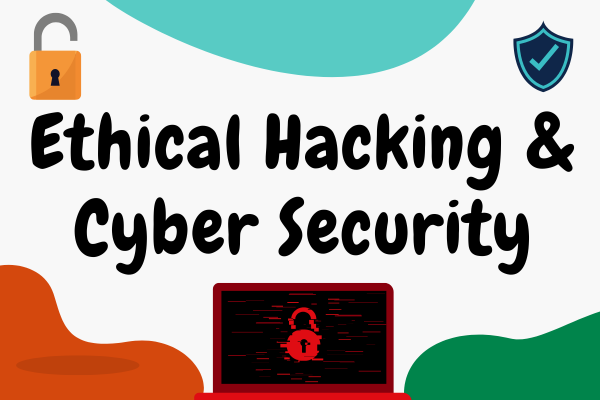Email Marketing FREE Certification – The Digital Adda
Email marketing is a digital marketing strategy that involves sending targeted and personalized emails to a list of subscribers or potential customers to promote products, services, engage with the audience, build brand loyalty, and achieve various marketing goals. It is a cost-effective and powerful tool for reaching your audience directly and nurturing customer relationships. Here are the key components and best practices of email marketing:
1. Building and Managing Your Email List:
- Start by collecting email addresses through opt-in forms on your website, social media, events, and other touchpoints.
- Maintain a clean and updated email list by regularly removing inactive or unengaged subscribers and complying with data privacy regulations like GDPR and CAN-SPAM.
2. Segmentation:
- Segment your email list into smaller, targeted groups based on factors such as demographics, purchase history, engagement level, or location. This allows for more personalized and relevant messaging.
3. Personalization:
- Personalize your emails by addressing subscribers by their names and tailoring content to their interests, preferences, and behaviors. Personalization can significantly improve engagement and conversions.
4. Email Content:
- Craft compelling and relevant email content that aligns with your campaign objectives. This can include newsletters, promotional offers, product updates, event invitations, and educational content.
- Use engaging subject lines to capture the recipient’s attention and entice them to open the email.
5. Design and Layout:
- Design mobile-responsive emails that look good and function well on both desktop and mobile devices. A clean and visually appealing layout is essential.
- Use a mix of text and images to maintain balance and ensure emails load quickly.
6. Call to Action (CTA):
- Include clear and compelling CTAs that guide subscribers on what action to take, such as making a purchase, signing up for an event, or downloading a resource.
7. A/B Testing:
- Continuously test different elements of your emails, such as subject lines, content, CTAs, and sending times, to identify what resonates best with your audience and optimize performance.
8. Timing and Frequency:
- Determine the best days and times to send emails to maximize open and click-through rates. The ideal sending frequency varies by audience and content type, so avoid over-sending.
9. Analytics and Tracking:
- Use email marketing platforms’ analytics to monitor campaign performance, track open rates, click-through rates, conversion rates, and ROI (Return on Investment).
- Analyze data to gain insights into subscriber behavior and adjust your email marketing strategy accordingly.
10. Automation: – Implement email marketing automation to send personalized emails triggered by specific actions or events, such as welcome emails, abandoned cart reminders, or post-purchase follow-ups.
11. Compliance and Privacy: – Ensure that your email marketing practices comply with relevant data protection laws and regulations. Include an unsubscribe option and a clear privacy policy in your emails.
12. List Growth and Engagement Strategies: – Implement tactics to grow your email list, such as running contests, offering lead magnets, and encouraging referrals. – Focus on engaging subscribers through valuable and relevant content to reduce unsubscribe rates and increase long-term loyalty.
13. Deliverability: – Monitor email deliverability to ensure your emails land in subscribers’ inboxes rather than spam folders. Maintain a positive sender reputation and use authentication methods like SPF, DKIM, and DMARC.
Email marketing, when executed effectively, can drive customer retention, lead generation, and revenue growth. It allows you to communicate directly with your audience and build lasting relationships. However, success in email marketing depends on careful planning, relevant content, continuous testing, and a commitment to delivering value to your subscribers.
Email Marketing FREE Online Course with Certificate











